Section 2
Visual Elements
By Boundless
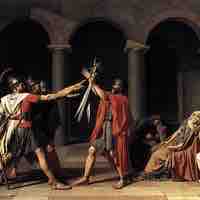
A line is defined as a mark that connects the space between two points, taking any form along the way.
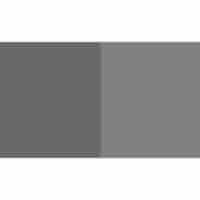
Value refers to the use of light and dark in art.
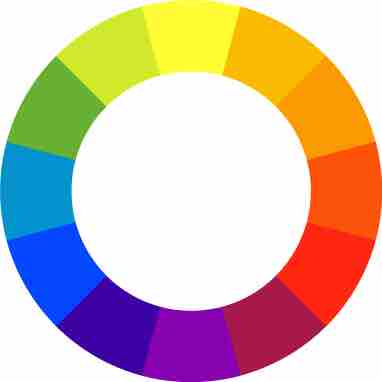
In the visual arts, color theory is a body of practical guidance to color mixing and the visual impacts of specific color combinations.
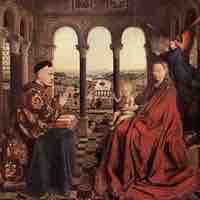
Texture refers to the tactile quality of the surface of an art object.
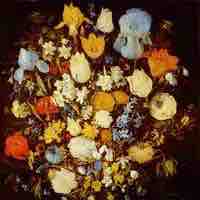
Shape refers to an area in a two-dimensional space that is defined by edges; volume is three-dimensional, exhibiting height, width, and depth.
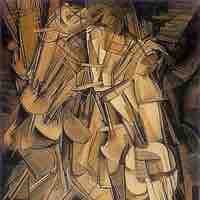
Motion, a principle of art, is a tool artists use to organize the artistic elements in a work; it is employed in both static and time-based mediums.
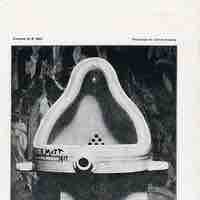
Dadaism, Surrealism, and the Fluxus movement all relied on the elements of chance, improvisation, and spontaneity as tools for making art works.
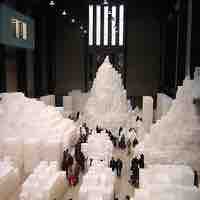
The inclusion of the five human senses in a single work takes place most often in installation and performance art.
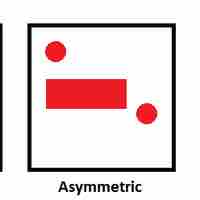
Compositional balance refers to the placement of the artistic elements in relation to each other within a work of art.
Artists use rhythm as a tool to guide the eye of the viewer through works of art.
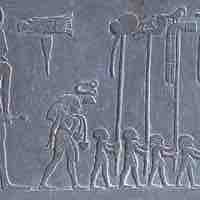
Proportion is a measurement of the size and quantity of elements within a composition.
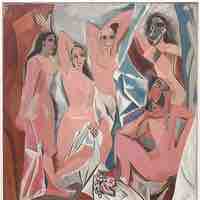
Space in art can be defined as the area that exists between two identifiable points.
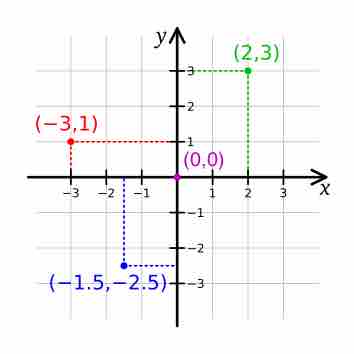
Two-dimensional, or bi-dimensional, space is a geometric model of the planar projection of the physical universe in which we live.
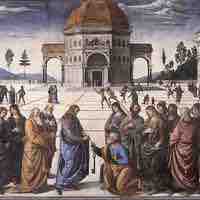
Perspective is an approximate representation on a flat surface of an image as it is seen by the eye.
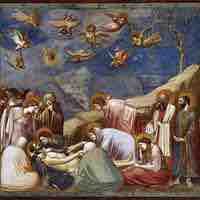
Distortion is used to create various representations of space in two-dimensional works of art.